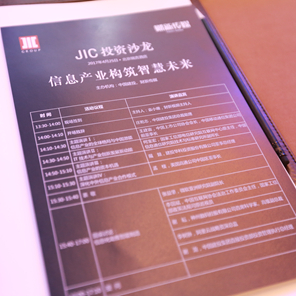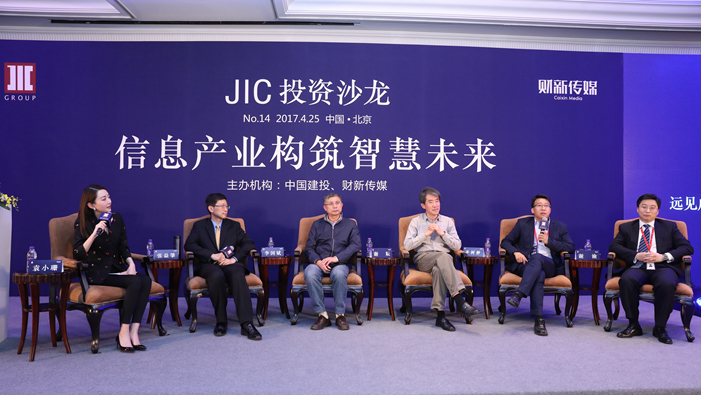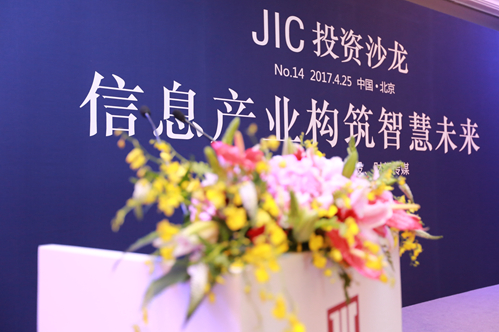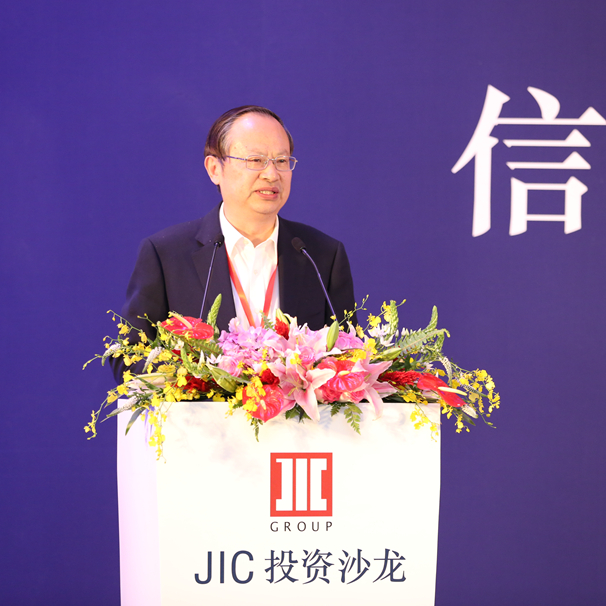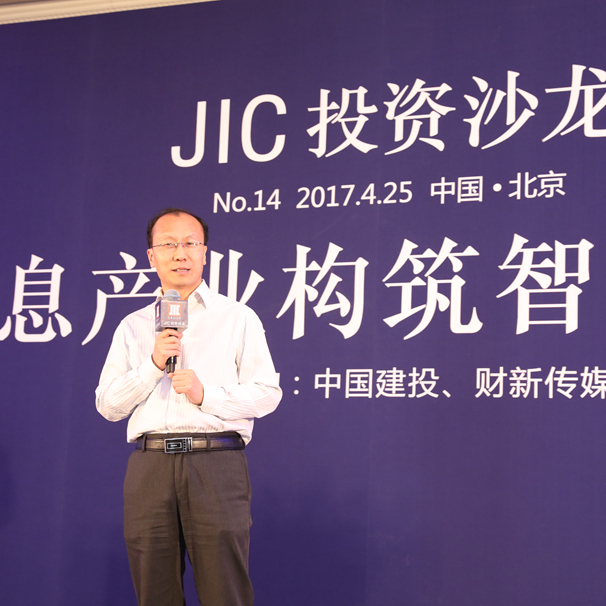He Baohong(former Director of the Internet Center of China Academy of InformationCommunications Technology (CAICT) in the Ministry of IndustryInformation TechnologyDeputy Director of the Communications Standards Research Institute, CAICT)
My topic is "Information technology and new momentum of industrial innovation and development ", I will talk about it in the following five aspects:
First, the software industry is being industrialized. We are using the software to define the whole world. Not everyone in the world can become a programmer or a software expert. Therefore we will need to conduct supply-side reform, and to produce, deliver, prepare and use the software in a massive, intensive, standardized and modular manner. Today, a lot of new software technologies are being developed based on this new trend. The software industry is shifting from handicraft to industrialization, which represents a new mega-trend for software development.
Second, cloud computing. The basic concept of cloud computing is to transfer the previously complex handheld devices to the servers, data centers and clouds. The future rise of big industries must be based on the cloud. What technologies will rise? The cloud will certainly do; so do cloud allies, such as data centers, and big data, which is based on cloud for accumulating, computing, analyzing and processing. We can also develop AI with big data. The rise of one end will inhibit the other. In fact, over the past decade, the development of terminal industry lags far behind that of cloud-centric industries because of big changes in the industry. It is inevitable and will continue for at least 20 to 30 years.
Third, big data. Big data matured about 5 years later than cloud. The cloud market has boomed while big data is still at its infancy. Firstly, the big data technology is not yet stable. It is still at the stage of cloud computing a few years back; secondly, the application of big data has just begun to extend from the leading internet industry to other industries.
Fourth, block chain. Block chain is essentially a new type of database technology. All the existing accounting technologies involve lending and borrowing. But in case of deletion and fraud, the previous database technology is very suitable for double entry. The block chain enables more people to do bookkeeping. In the past, only post-auditing was available. But now, auditing could be done by machines, and manual post-auditing is no longer necessary. Real-time auditing is accessible, which is a very big change.
Fifth, data center technology. The success of the cloud will have an inevitable impact on the surrounding industrial chains. To the upper end, it has sparked the revolution of big data. The prosperity of big data has spawned the flourishing of artificial intelligence. To the lower end, it will also promote the development of infrastructure, such as servers and data centers. Meanwhile, the data center technology is also changing greatly. The future for data center is the trend of data center and the history of the computer.
The change or trend of today’s data center is the same as the history of the computer. It requires modularization, high integration, intelligence sharing, server development, open-up and standardization.
Nowadays, hardware, power distribution, surveillance and security of data centers are making new changes and create new investment opportunities, this is all because of the development of cloud. All the existing technologies used by data centers are not designed only for themselves. Today, data centers have become so important with so much traffic, and it is necessary to redesign the products for data centers. The hardware technology of the data center has experienced big changes as well, including configuration, management, etc.

